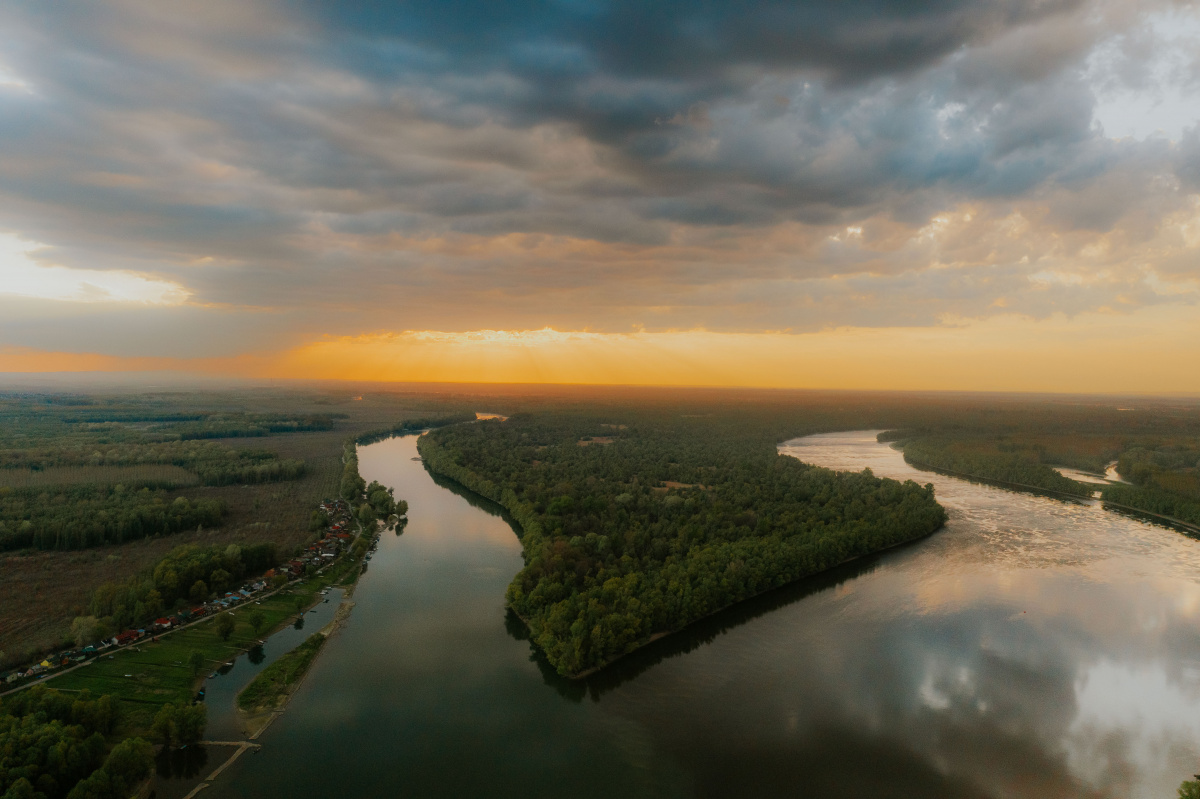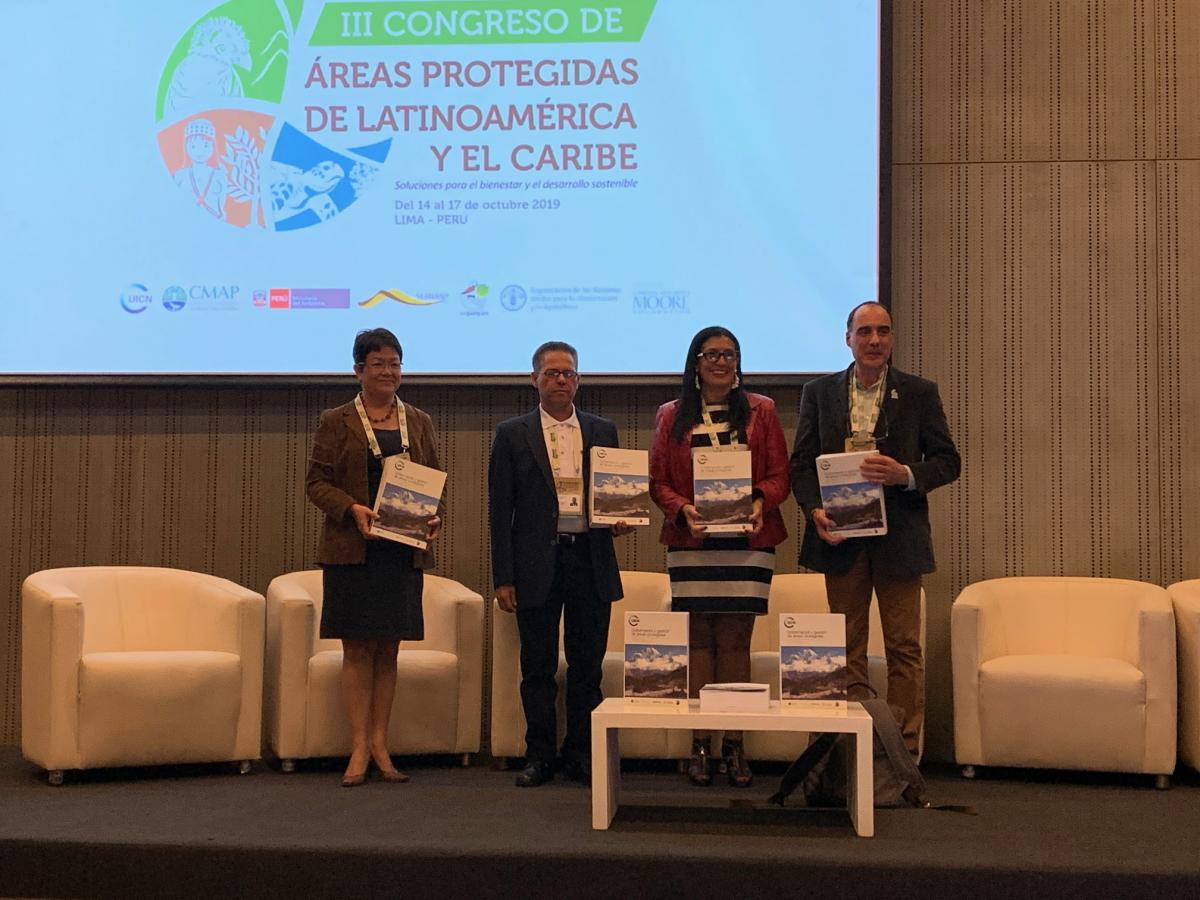UNESCO declares world’s first 5-country biosphere reserve along Mura-Drava-Danube
Stretching across Austria, Slovenia, Croatia, Hungary and Serbia, the world’s first 5-country biosphere reserve, which has been declared by UNESCO in September 2021 covers 700 km of the Mura, Drava and Danube rivers and a total area of almost 1 million hectares in the so-called ‘Amazon of Europe’ – making it the largest riverine protected area in Europe.

The Drava-Danube confluence between Croatia and Serbia including world famous bird paradise Kopacki Rit is part of the newly designated 5-country Biosphere reserve Mura-Drava-Danube.
Photo: Ante Gugić
In view of the climate and biodiversity crisis, transboundary cooperation in the protection, restoration and sustainable development of shared ecosystems are needed more than ever. The UNESCO designation of the world’s first 5-country biosphere reserve on 15th September 2021 represents a historic step towards a new era for people and nature in the Mura-Drava-Danube region and overall Europe. This landmark cross-border designation is a powerful demonstration of a shared green vision that builds on and reinforces, both, regional cooperation and unity in Europe.
It represents not only an important contribution to the European Green Deal, but also contributes to the implementation of the EU’s new biodiversity strategy. The designation of the 5-country biosphere reserve is a significant step forward in protecting the region’s natural and cultural treasures and serves as a striking example of how protected areas can benefit communities and wildlife and bring countries closer together. As a model region for transboundary nature conservation and sustainable regional development the 5-country biosphere reserve supports WPCA’s objective to “recognize and mainstream protected areas as natural solutions to global challenges, such as climate change, land degradation, food and water security, health and well-being”.
The area is home to the highest density of breeding pairs of white-tailed eagles (Haliaeetus albicilla) in Continental Europe, and other endangered species, such as the black stork (Ciconia nigra), beaver (Castor fiber), otter (Lutra lutra) and critically-endangered sturgeons. Every year, more than 250,000 migratory waterfowl use the rivers to rest and feed.
Since 1993, WWF, EuroNatur and local NGOs have been campaigning to protect the unique three river landscape in a five-country transboundary biosphere reserve. Stepwise, public administrations and NGOs cooperate to jointly achieve the TBR MDD. The new biosphere reserve is the result of years of dedicated work by the authorities responsible for environment and nature protection in Austria, Slovenia, Hungary, Croatia and Serbia, with considerable support from WWF, the MAVA Foundation, the UNESCO Man and Biosphere Committees, and many local conservation partners.
Amongst the most important milestones during the development process of the 5-country biosphere reserve was the establishment of a network of 13 major protected areas including Natura 2000 sites, a regional park, a national park, special nature reserves and nature parks. These areas were put into five single UNESCO designated biosphere reserves (Croatia and Hungary 2012, Serbia 2017, Slovenia 2018, Austria 2019), which are now merged under the roof of a 5-country biosphere reserve with a harmonized zonation system: core-, buffer and transition zones.
Parallel to the designation of the 5-country biosphere reserve, additional EU co-financed projects for nature and people are already being implemented in the area including river restoration, sustainable business practices, and enhanced cross-border cooperation on conservation and management of the area.
Read the factsheet here - The Amazon of Europe: World's First 5-Country Biosphere Reserve
Guest post by Arno Mohl, WWF program lead Mura-Drava-Danube

